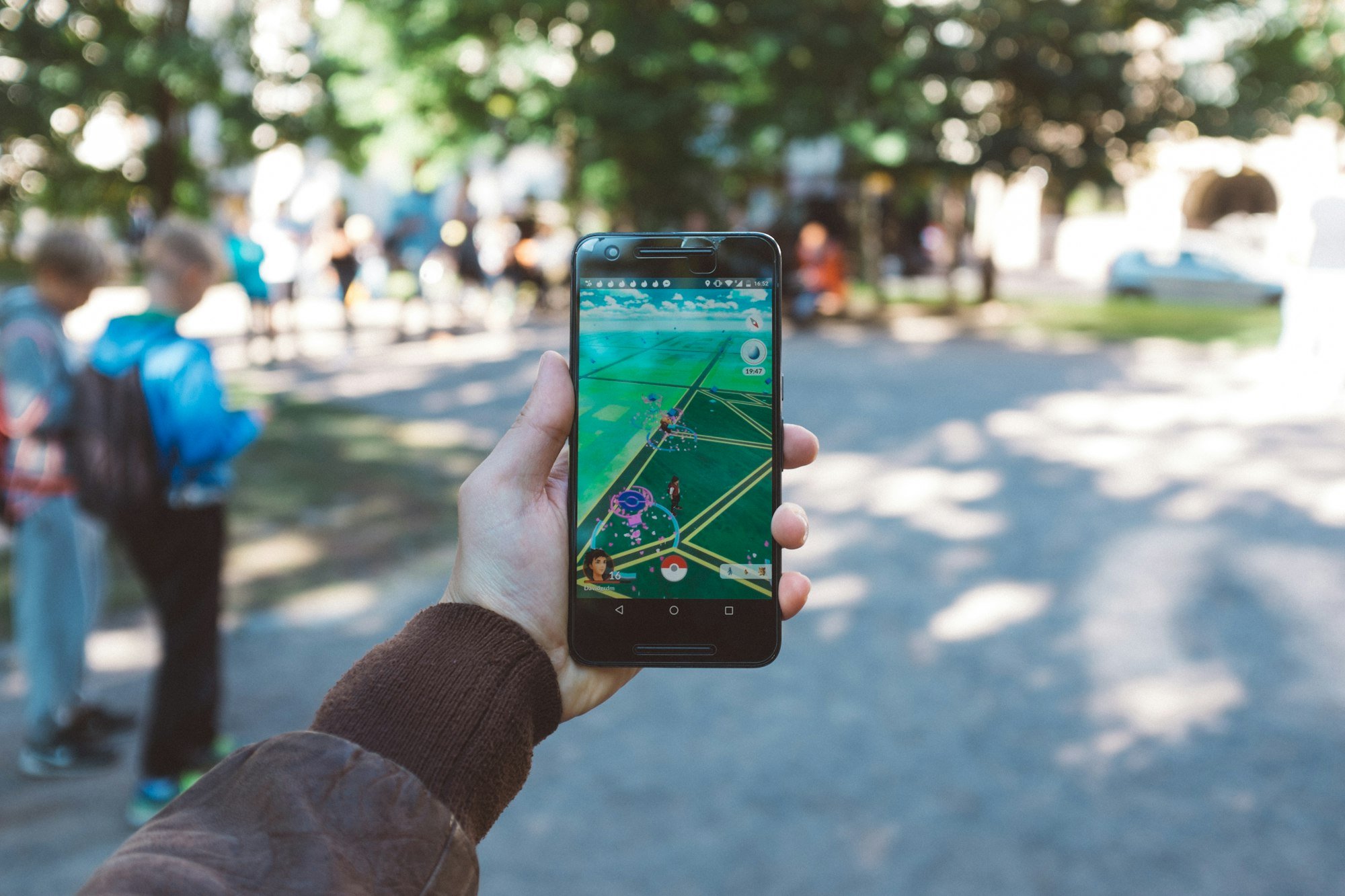- cross-posted to:
- technology@beehaw.org
- cross-posted to:
- technology@beehaw.org
Niantic, the company behind the extremely popular augmented reality mobile games Pokémon Go and Ingress, announced that it is using data collected by its millions of players to create an AI model that can navigate the physical world.
In a blog post published last week, first spotted by Garbage Day, Niantic says it is building a “Large Geospatial Model.” This name, the company explains, is a direct reference to Large Language Models (LLMs) Like OpenAI’s GPT, which are trained on vast quantities of text scraped from the internet in order to process and produce natural language. Niantic explains that a Large Geospatial Model, or LGM, aims to do the same for the physical world, a technology it says “will enable computers not only to perceive and understand physical spaces, but also to interact with them in new ways, forming a critical component of AR glasses and fields beyond, including robotics, content creation and autonomous systems. As we move from phones to wearable technology linked to the real world, spatial intelligence will become the world’s future operating system.”
By training an AI model on millions of geolocated images from around the world, the model will be able to predict its immediate environment in the same way an LLM is able to produce coherent and convincing sentences by statistically determining what word is likely to follow another.
Reminds me of Morrowind’s directions, with the frequent east-west mixups, and sporadic north-south mixups.
Fun fact, that’s why the immersion-breaking magic compass thing exists in Oblivion (and most open worlds since). Bethsoft devs explained it once.
Stuff is relocated a lot in development, and this means having to rework all dialogues refering to directions, occasionally missing some. It was even more unfeasible for Oblivion in which all dialogue is voiced and would have to be re-recorded.
So they just removed all directions from the dialogue and now you’ve got 100% accurate floating tags telling you exactly where to go, even when you are not yet sure what you’re looking for.
It’s not impossible to counter this while still having text be correct if you use a dialogue model that takes parameters to ue in calculation of the output dialogue.
“Dialogue here should lead you to the {direction}.”
NPC cords, quest objective cords = calculate relative position, insert in dialogue.
The game knows after you take the quest. So it can also know at the moment.
You know, since we’re on the subject of Elder Scrolls, Daggerfall actually had something like that.
You could ask anyone for where to find some random place, and the NPC would tell you roughly in which direction you should go, if they “knew” the place. Or sometimes they’d just write it directly on your map.
Still hard to do with voiced dialogue if you don’t want your NPCs to sound like robots. Then again, Oblivion didn’t need that to make its NPCs weird and robotic, with its 4 voice actors and huge amount of shared lines between everyone.
Fun fact, I worked with several other people on a localization patch for polish version of Morrowind, and we had so many of those east-west mixups fixed. Of course the publisher just translated strings and didn’t QA anything.
I had the French version. While translation was mostly correct, there were some errors here and there.
But the worst part was the newly introduced bugs, because original bethesda bugs weren’t enough apparently. For example, every interior with water had an erroneous water level value that made them entirely underwater.
There’s a slaver lair cave a couple meters from the beginning of the game, it takes like 30 seconds from the end of character creation to get there. In the French version, it’s completely underwater and everyone inside has drowned when you enter it. That’s the level of QA we had.
Oh, by the way, publisher for the French version? Ubisoft.




